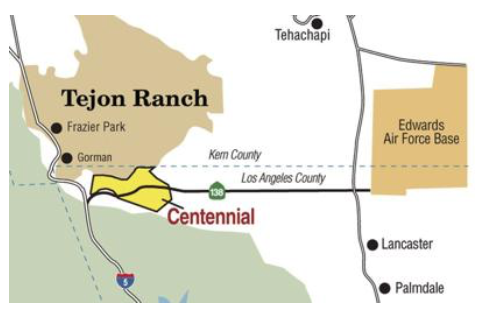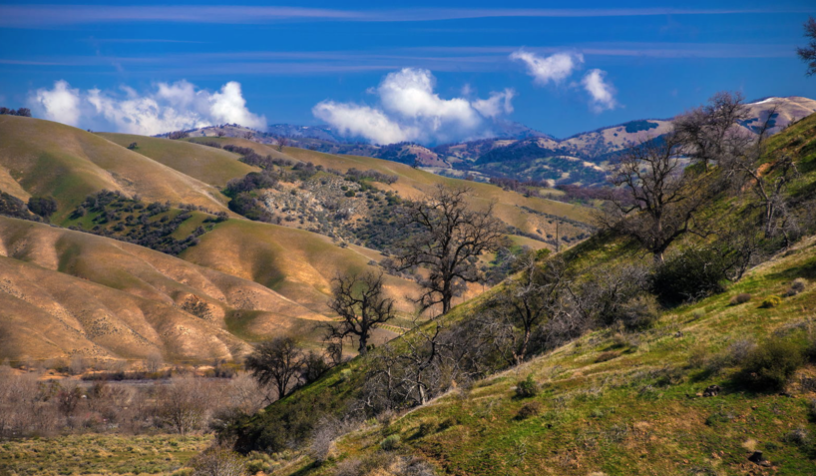CommentsLos Angeles is a land of contrasts. Jaw-dropping natural beauty and biodiversity surround some of the country’s worst traffic and air pollution. Tech moguls and actors live in gated mansions, just steps from homeless peoples’ encampments.
And our politicians pay lip service to fighting the climate crisis one day – and the next day approve carbon-intensive sprawl development.
LA County’s new draft sustainability plan exemplifies these tensions. The plan could serve as a blueprint for protecting our land, air, and water while increasing affordable housing. It could be a model for other communities in California and across the United States.
Or it could become a missed opportunity – a dismal, hypocritical failure by one of the world’s largest economies and one of the most progressive communities to lead on climate, housing and biodiversity.
The draft plan contains many laudable goals. It aims to limit urban sprawl, increase transit-oriented development and promote equitable land use. It recognizes that sprawl places major burdens on infrastructure while reducing investment in existing communities.
In view of recent tragedies in California communities like Paradise, the plan proclaims a laudable intent to limit development in fire-prone areas. Three out of four California voters agreed in a recent poll that the state should limit housing development in such areas.
The plan also aims to increase wildlife connectivity and native biodiversity and preserve parks and open space.
None of these goals are luxuries. We have a right to a livable climate, affordable housing and fair distribution of public resources in communities. And we have a responsibility to preserve our county’s incredible biodiversity for people and its own sake.
But to achieve these goals, the final plan must include clear policies that county supervisors commit to enforcing when making land use planning decisions. And that’s where LA County is currently falling short.
Those shortcomings are underscored by recent pro-sprawl decisions by county leaders.
In May, supervisors Janice Hahn, Hilda Solis, Mark Ridley-Thomas and Katherine Barger approved a 12,000-acre sprawl development called Centennial proposed by Tejon Ranch Company, a Wall Street-backed developer.
 Building Centennial in the remote high desert 65 miles from downtown LA will require taxpayers to fund a new six-lane 138 freeway at a cost of $834 million. That’s $834 million that could have been spent revitalizing existing communities or building affordable housing.
Building Centennial in the remote high desert 65 miles from downtown LA will require taxpayers to fund a new six-lane 138 freeway at a cost of $834 million. That’s $834 million that could have been spent revitalizing existing communities or building affordable housing.
Divestment from existing communities is already beginning. LA Metro recently cut the budget and service for the light rail system’s Blue Line, Expo Line and Gold Line while approving an initial $27 million for “capacity enhancements” for the 138.
Centennial would also place 57,000 people in a high fire area, bulldoze thousands of acres of rare wildflower fields and degrade connectivity between the Sierra Nevada and Angeles National Forest needed for struggling mountain lions.
In April, the same four LA County supervisors approved the 1,300-acre Northlake development. Northlake will bury more than three miles of a pristine stream that feeds Southern California’s last free-flowing river, the Santa Clara. Northlake’s proposed location in a very high fire hazard zone north of Santa Clarita will endanger residents and saddle the county with more firefighting costs.
In November, the county approved the 1,200-acre Tesoro Del Valle development, also in a very high fire hazard zone in the Santa Clara River watershed. The Santa Monica Mountains Conservancy called the development “a classic 1980s mass graded suburban sprawl that is totally unaccompanied by public transportation” and warned it would undermine the county’s climate goals.
Centennial, Northlake and Tesoro Del Valle represent business as usual in Southern California. Officials approve traffic-inducing sprawl that diverts investment from existing communities, often after intense lobbying by sophisticated developers.
That’s why we still have some of the country’s worst traffic, dangerously unhealthy air quality and a grossly inadequate public transportation system.
The sustainability plan could represent a turning point in this cycle.
With a population larger than most states and an economy larger than most countries, LA County has an opportunity to be a leader on climate, affordable housing, and biodiversity. We could be a powerful example for other California communities. But only if we demand real action to match the plan’s fine words.
(J.P. Rose is a staff attorney with the Center for Biological Diversity’s Urban Wildlands program.)

















